Icebreakers are specialized ships designed to navigate through ice-covered waters, facilitating safe maritime navigation and transportation.
Icebreakers are vessels equipped with reinforced hulls and powerful engines to break through sea ice. Their primary purpose is to clear paths for other ships in polar regions, ensuring continuous transport and access to these remote areas.
These ships are crucial for scientific research, supplying remote communities, and conducting search and rescue operations in ice-prone seas.
Top 10 Biggest Icebreakers
Icebreakers are essential for navigating through ice-covered waters, enabling maritime routes in the polar regions. The following vessels stand out as the largest in their class, equipped to handle extreme ice conditions.
10. RRS Sir David Attenborough
Operated by the British Antarctic Survey, this state-of-the-art polar research vessel measures 420 feet (128 meters) in length and displaces approximately 15,000 tons.
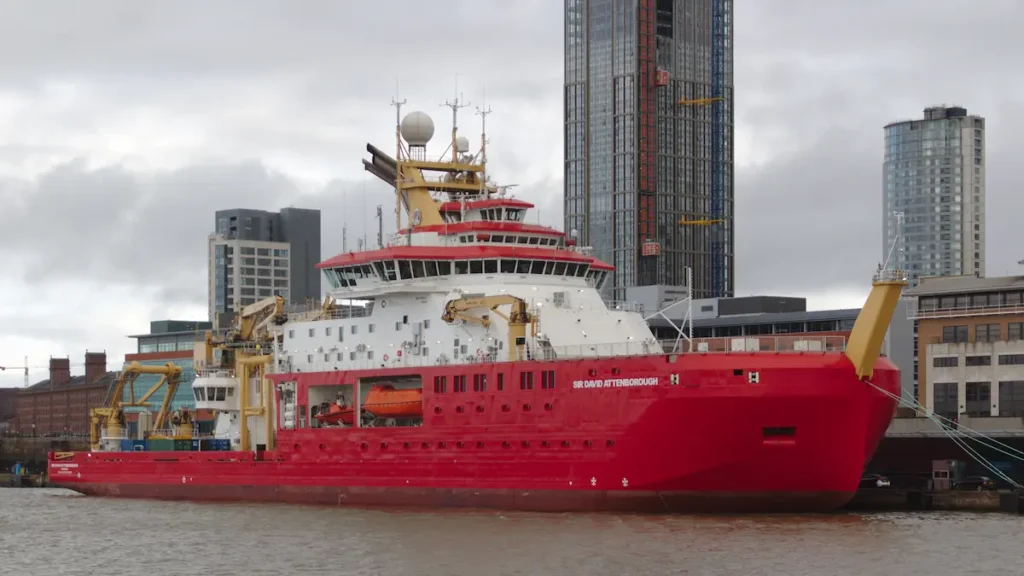
Equipped with advanced scientific laboratories and capable of breaking ice up to 3 feet (1 meter) thick, the RRS Sir David Attenborough facilitates multidisciplinary research in both the Antarctic and Arctic.
The ship also features a moon pool for deploying scientific instruments and remotely operated vehicles, enhancing its research capabilities.
9. ARA Almirante Irízar
The ARA Almirante Irízar is a 397-foot (121-meter) long icebreaker, displacing around 14,899 tons, and serves as Argentina’s primary support vessel for Antarctic expeditions.

After a fire in 2007, it underwent extensive refurbishment and modernization, which included upgrades to its living quarters, scientific laboratories, and icebreaking capabilities.
The ship plays a vital role in supplying Argentina’s Antarctic bases and conducting scientific missions.
8. USCGC Healy
The USCGC Healy, the United States Coast Guard’s premier polar research vessel, is 420 feet (128 meters) long with a displacement of over 16,000 tons.
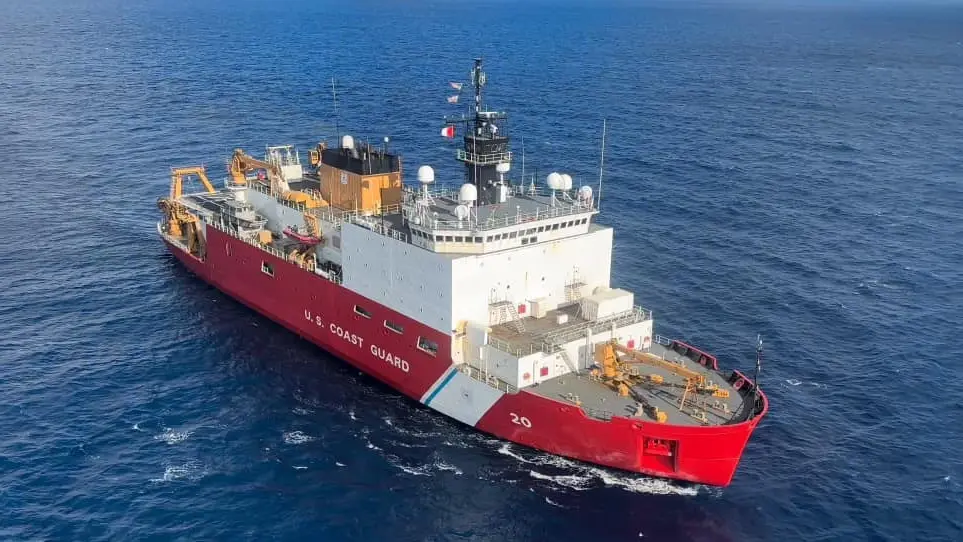
As America’s largest icebreaker, it’s equipped for a wide range of research activities, featuring extensive laboratory spaces, multiple oceanographic winches, and a crane for deploying and retrieving scientific equipment.
The Healy’s primary missions include scientific support, search and rescue, and national security operations in the Arctic.
7. Shirase (AGB-5003)
Japan’s Shirase, a 453-foot (138-meter) icebreaker displacing about 20,000 tons, is an integral asset for Japan’s Antarctic research program.

The ship, operated by the Japan Maritime Self-Defense Force, provides logistical support to the Japanese Antarctic Research Expedition (JARE).
It’s capable of breaking ice up to 4.5 feet (1.4 meters) thick and features advanced research facilities, contributing significantly to polar science.
6. Taymyr and Vaygach
Part of Russia’s nuclear-powered icebreaker fleet, Taymyr and Vaygach are each 492 feet (150 meters) long with a displacement of 20,000 tons.
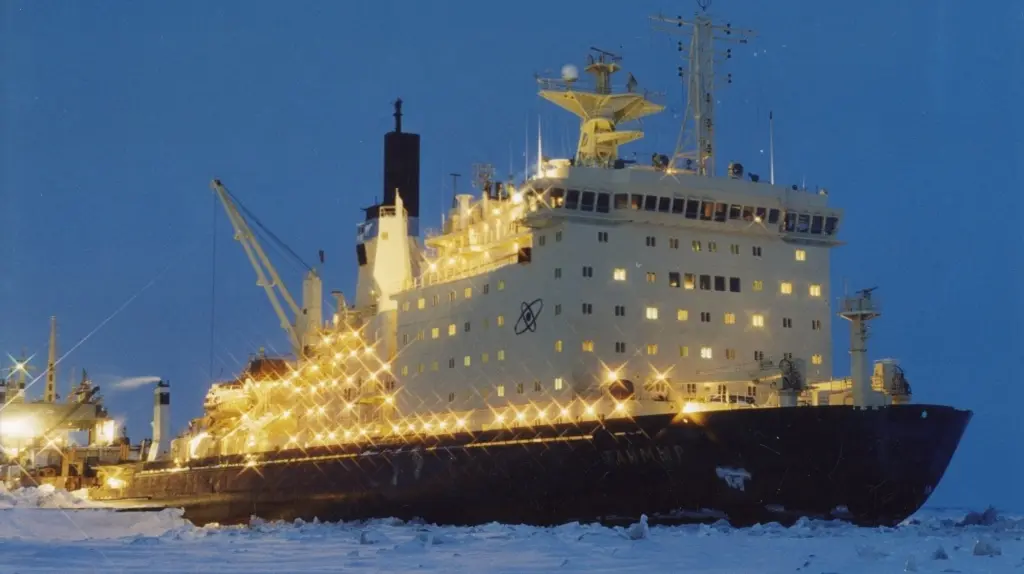
Designed with shallow drafts for navigating Siberian river routes as well as the Arctic Ocean, these icebreakers are vital for ensuring year-round navigation in Arctic waters.
Their nuclear power plants enable them to operate independently for long durations without refueling, making them crucial for Russia’s Arctic operations.
5. Xue Long (Snow Dragon)
The Xue Long, known as the “Snow Dragon,” is a 548-foot (167-meter) Chinese icebreaker with a displacement of approximately 21,025 tons.

It plays a dual role in supporting China’s scientific expeditions in polar regions and resupplying Chinese research stations in Antarctica.
The vessel is equipped with comprehensive research laboratories and is capable of breaking ice up to 1.2 meters thick.
4. Viktor Chernomyrdin
Named after a prominent Russian politician, the Viktor Chernomyrdin is a versatile 479-foot (146-meter) icebreaker with a displacement of about 22,000 tons.
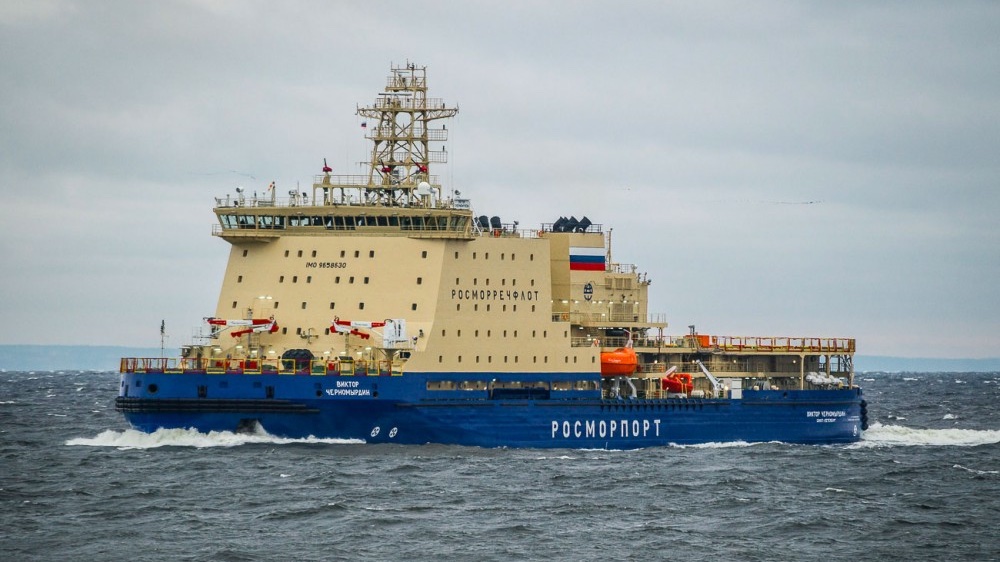
This vessel significantly enhances Russia’s capacity for Arctic exploration and scientific research.
Equipped with state-of-the-art research facilities and capable of operating in extreme polar conditions, it serves as a platform for a wide array of scientific investigations.
3. Arktika-Class Nuclear Icebreakers
The Arktika class (also known as Project 10520) represents the most powerful fleet of nuclear icebreakers, each measuring about 486 feet (148 meters) in length and displacing around 23,000 tons.

This class includes notable vessels such as the Arktika, Sibir, Rossiya, Sovetskiy Soyuz, Yamal, and 50 Let Pobedy.

These icebreakers are renowned for their power, capable of breaking through ice up to 9 feet (2.8 meters) thick, and play a pivotal role in Russia’s Arctic strategy by ensuring access to polar regions for scientific, military, and commercial purposes.
2. Icebreaker 50 Let Pobedy (50 Years of Victory)
Part of the Arktika class, the 50 Let Pobedy stands as one of the world’s largest and most powerful nuclear-powered icebreakers.
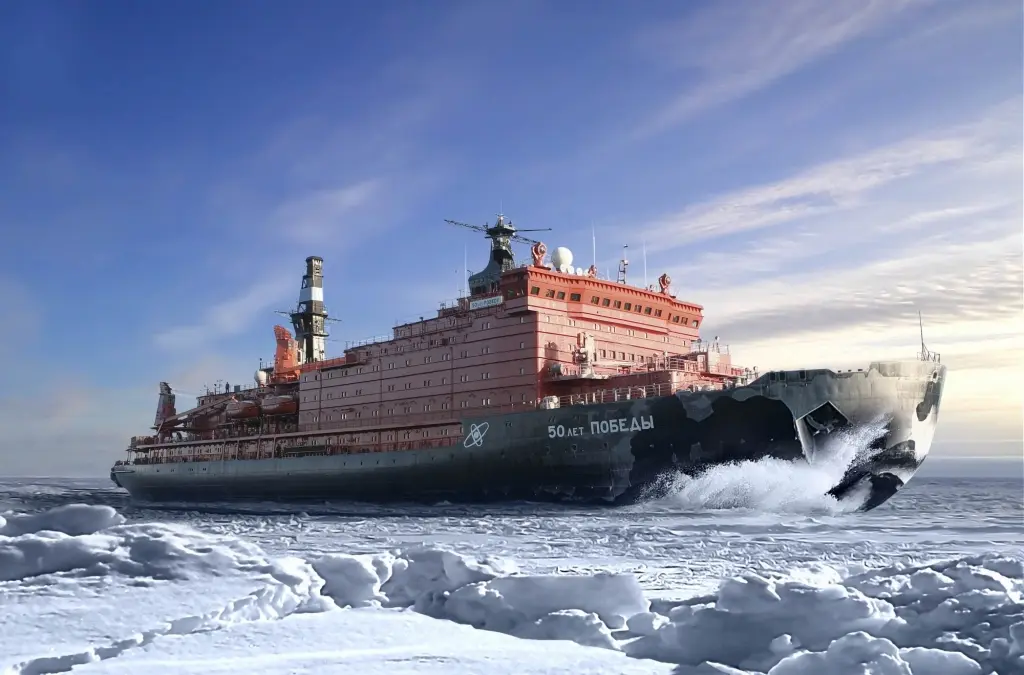
Measuring 522 feet (159 meters) and displacing approximately 25,000 tons, it’s designed to operate in extreme Arctic conditions.
The vessel boasts advanced navigation equipment, a helicopter deck, and ample facilities for crew and researchers, allowing it to lead scientific expeditions and offer unique polar tourism experiences.
1. Project 22220 Icebreakers (e.g., Arktika, Sibir, Ural)
Project 22220 icebreakers, including the Arktika, Sibir, and Ural, are at the forefront of modern icebreaker design.
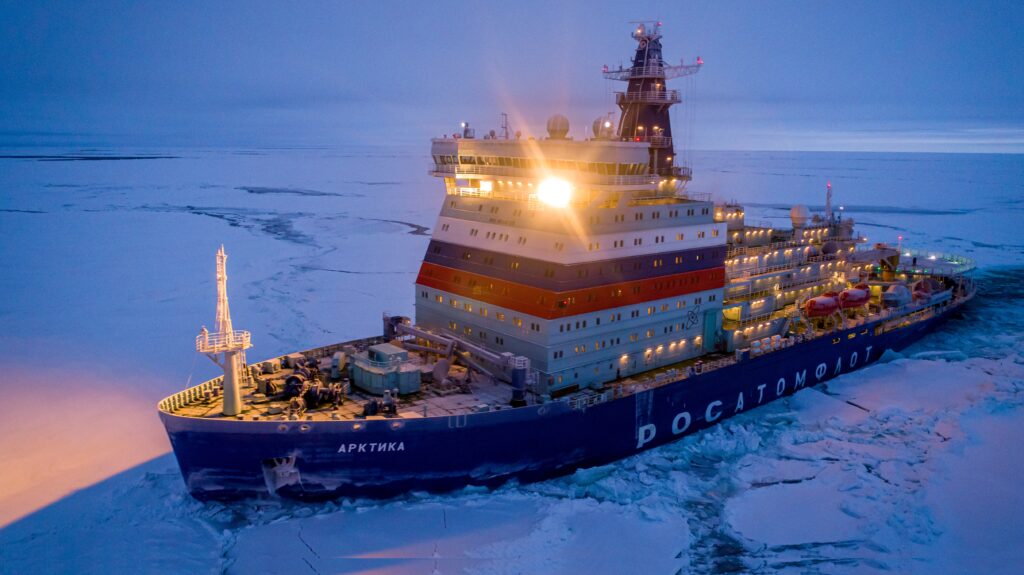
Each measuring approximately 568 feet (173 meters) in length and displacing about 33,500 tons, these vessels are the largest and most powerful icebreakers in the world.

They are equipped with nuclear reactors allowing for unparalleled endurance and power. Designed for versatility, these icebreakers can navigate both the deep waters of the Arctic Ocean and the shallower waters of river e
Operational Roles
The largest icebreakers in the world are pivotal for a range of mission-critical operations across inhospitable polar environments.
Their primary roles span from ensuring strategic access to polar regions to supporting scientific endeavors and providing emergency services.
Geopolitical Importance
Icebreakers are instrumental in asserting national presence and enabling year-round navigation in Arctic and Antarctic waters.
Countries like Russia leverage their fleet of powerful icebreakers, such as the Arktika class, to maintain accessibility to polar routes. This accessibility is vital for the economic exploitation of the region’s natural resources and for maintaining sovereign claims.
Scientific and Research Support
Research missions in some of the world’s most remote locations rely on icebreakers for transportation and logistics.
Vessels like the FS Polarstern operate as research platforms, equipped with laboratories and technology to study climate change, polar ecosystems, and marine science.
These ships facilitate direct access to the polar ice for on-site data collection, crucial for understanding global climate patterns.
Rescue and Emergency Missions
Icebreakers also serve as vital assets for rescue and emergency missions in polar regions, where conventional vessels cannot operate.
Their robust hulls and powerful engines allow them to navigate through thick ice to reach ships or coastal communities in distress, often becoming the only lifeline in extreme conditions.
Future Developments
The ongoing evolution in icebreaker design and technology points to a future where these vessels are more powerful and efficient. The race to conquer polar regions for commerce and research propels these advancements.
Technology Advancements
Navigation Systems: Modern icebreakers are expected to implement advanced navigation systems, which will utilize satellite data and real-time environmental feedback to avoid hazardous ice conditions and optimize routes through the polar regions.
Power and Propulsion: The transition towards alternative energy sources, such as liquefied natural gas (LNG) and possibly nuclear power for civilian vessels, will lead to cleaner and more sustainable operations. These technologies will also provide icebreakers with greater endurance and power.
New Icebreaker Projects
Project 22220 Class: Russia continues to build upon its fleet with plans for the Project 22220 class, which currently includes the world’s most capable icebreakers due to their powerful dual-reactor design.
Polar Icebreakers: Other nations are not far behind, with the United States working on developing new polar icebreakers that will be among the largest in the world, replacing the aging Polar Star, to ensure a strong presence in the Arctic and Antarctic regions.
These developments in technology and new projects are integral to enhancing the capabilities of icebreakers to meet the growing demands of polar exploration and trade.
- Sustainable and Luxurious: Discovering Split’s Yachting Paradise – April 26, 2024
- MarineTraffic vs VesselFinder: Which Is Better Vessel Tracking Service? – February 14, 2024
- Port Costs: A Comprehensive Guide to Port Dues and Fees for Cargo Ships – February 12, 2024




Leave a Reply